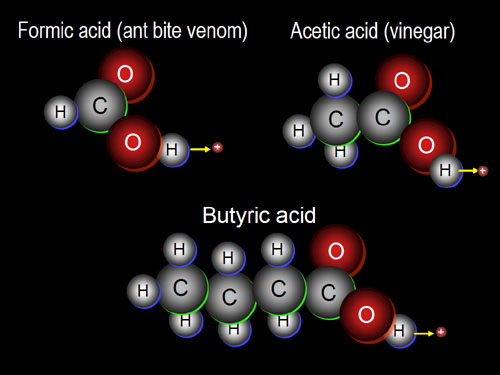1. What is an Atom ?
All substances are made up of matter and the fundamental unit of matter is the atom. The atom constitutes the smallest particle of an element. The atom is made of a central nucleus containing protons (positively-charged) and neutrons (with no charge). The electrons (negatively-charged with negligible mass) revolve around the nucleus in different imaginary paths called orbits or shells.
2. What is an Element ?
An element is a substance made up of atoms of one kind. There are about 82 naturally-occurring elements and about 31 artificially-made elements as listed in the Periodic Table
3. What is Atomic Number and Atomic Weight ?
- Atomic number of an element is the number of protons in the nucleus of an atom. Since atoms are electrically neutral, the number of protons equal the number of electrons in an atom.
- Atomic weight (or relative atomic mass) of an element is the number of times an atom of that element is heavier than an atom of hydrogen. The atomic weight of hydrogen is taken to be unity [1].
- Mass number of an element is the sum of the number of protons and neutrons in the nucleus of an atom.
The elements are arranged according to increasing atomic numbers (along with their atomic mass) in a table called the Periodic Table.
4. What is a Molecule ?
A molecule is formed when atoms of the same or different elements combine. A molecule is the smallest particle of a substance that can normally exist independently.
Examples:
Examples:
- Two atoms of oxygen combine to form a molecule of oxygen [O2].
- One atom of carbon combines with two atoms of oxygen to form a molecule of carbon dioxide [CO2].
5. What is a Compound ?
A compound is formed when atoms or molecules of different elements combine. In a compound, elements are chemically combined in a fixed proportion.
Examples:
Examples:
- Hydrogen and oxygen are combined in a fixed proportion of 2:1 to form the compound water [H2O].
- Carbon and oxygen are combined in a fixed proportion of 1:2 to form the compound carbon dioxide [CO2].



















0 comments:
Post a Comment